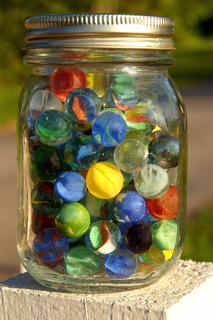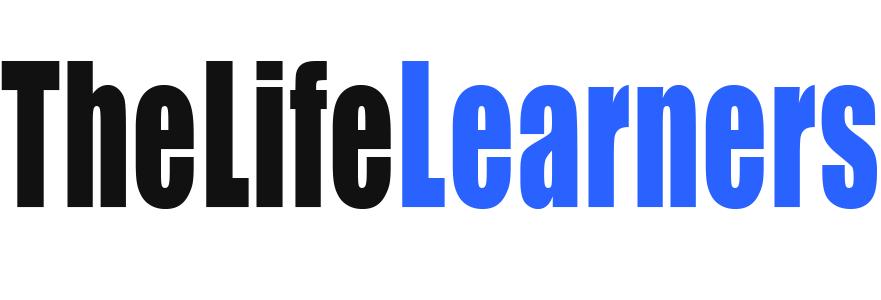
The new Common Core standards for math may seem daunting at first glance, but with a shift in perspective and a familiar teaching method, implementing the Common Core may not be that hard to achieve. If one looks at the basic objectives found in the Common Core curriculum, he will see that they parallel the objectives found in Singapore Math’s curriculum. Singapore Math was first implemented in Singapore in 1980 and has gone through many changes, making it the successful program that is available today. Singapore Math, like the Common Core, focuses on creating a tighter center of focus on the content taught in the primary levels. More emphasis is placed on learners developing a stronger number sense, ability to solve problems, and a deeper understanding of basic mathematical concepts.
A Focus on Problem Solving
Singapore Math focuses on problem solving through heuristic model drawing, discussion, and rigor. Word problems are the most common type of problem learners will encounter in Singapore Math. The problems are clear, simple, and often include visual representations that help youngsters understand what is being asked of them. Additionally, problems are often based on real-life scenarios and/or they apply to the real world. And, unlike math standards typically seen in the US, Singapore Math works developmentally; each concept draws or builds on the one before. Children in Singapore do not spend the beginning of each year reviewing the previous year’s material. With this program, math concepts don’t jump around, they simply move forward to the next logical concept. Learners are given the opportunity to explore each concept they encounter to the fullest extent using manipulatives, drawings, dramatic play, and hands-on activities, in order to facilitate a true and practical understanding of math.
A Fundamental Understanding of Math Concepts
The fundamentals of Singapore Math are a lot like what is seen in the Common Core curriculum. Both programs strive to engage learners in a more dynamic way to foster a deeper and more concrete understanding of basic mathematical concepts. Math topics narrow to allow for more time to work and understand each concept before moving on to the next step. And, like Singapore Math, Common Core is designed so that concepts build on one another. Learners are going to engage in more rigor by focusing on conceptual understandings, procedural skills, fluency, and application. When I started to realize how similar these two methods are, I figured out that I could pick up a Singapore Math book and be teaching a curriculum that is similar to the new national standards.
Key Math Concepts and Principles
The foundations of Common Core math standards focus on several key principals. Learners are expected to make sense of problems, persevere in solving them, reason abstractly and quantitatively, construct variable arguments, critique reasoning, model, use tools strategically, attend to precision, look for and use structure, and look for and express regularity in repeated reasoning. Basic Singapore Math principles expect learners to develop necessary math skills for everyday life, and to use strategic thinking to formulate, apply, and solve problems in a way that reinforces true concept understanding. In effect, the two programs are similar and complementary.
A Practical Example
To see the ways in which Singapore Math problems and problem-solving strategies are like the Common Core, here is an example:
Joel had 219 marbles in 3 containers-A, B, and C. If he moved 21 marbles from container A to container B, 27 marbles from container B to container C, and 18 marbles from container C to container A, there would be an equal number of marbles in each container. How many marbles were in each container in the beginning?
As you can see, this is a multi-step problem that requires learners to use critical thinking and problem-solving skills to complete. A child would need to persevere, reason abstractly and quantitatively, construct various arguments and critique reasoning, while also using modeling and tools to strategically determine an answer to this problem. This is most definitely a Common Core-style problem. Let’s look at how a child might solve this problem using modeling.
- He could draw three bars, each representing a jar of marbles which together total 219, seeing this; the child could then divide with regrouping to determine the equal number of marbles in each jar.
- A child could also use the working-backward method by analyzing the data provided. He could create a data table showing the number of marbles moved versus the number of marbles received. They’d use the data to add and subtract the number of marbles in each jar to find an answer.
In essence, children working in two different ways, using different reasoning skills could still determine an answer to a multi-step problem. Model drawing, creating charts, or creating algorithms in their own way makes the math problem more accessible for a wider group of children. This doesn’t mean that I think Common Core is right for everybody, the next few years will determine its effectiveness. I am simply offering the idea that if Common Core seems like a lot for you to think about and implement, Singapore Math might be a great way to ease yourself through the transition.
Helpful Links to Great Resources:
Singapore Math
This is a site that carries a wide variety of Professional Development products for purchase. The books are great and they even provide online seminars and teacher workshops.
Thinking Blocks
Many of the model drawings seen in Singapore math are of bars partitioned into part/whole. This site provides apps that employ block models to solve math problems.
The Singapore Math
Here is a great and interactive site that you can use in the classroom. Each mini presentation includes great word problems and answers.

